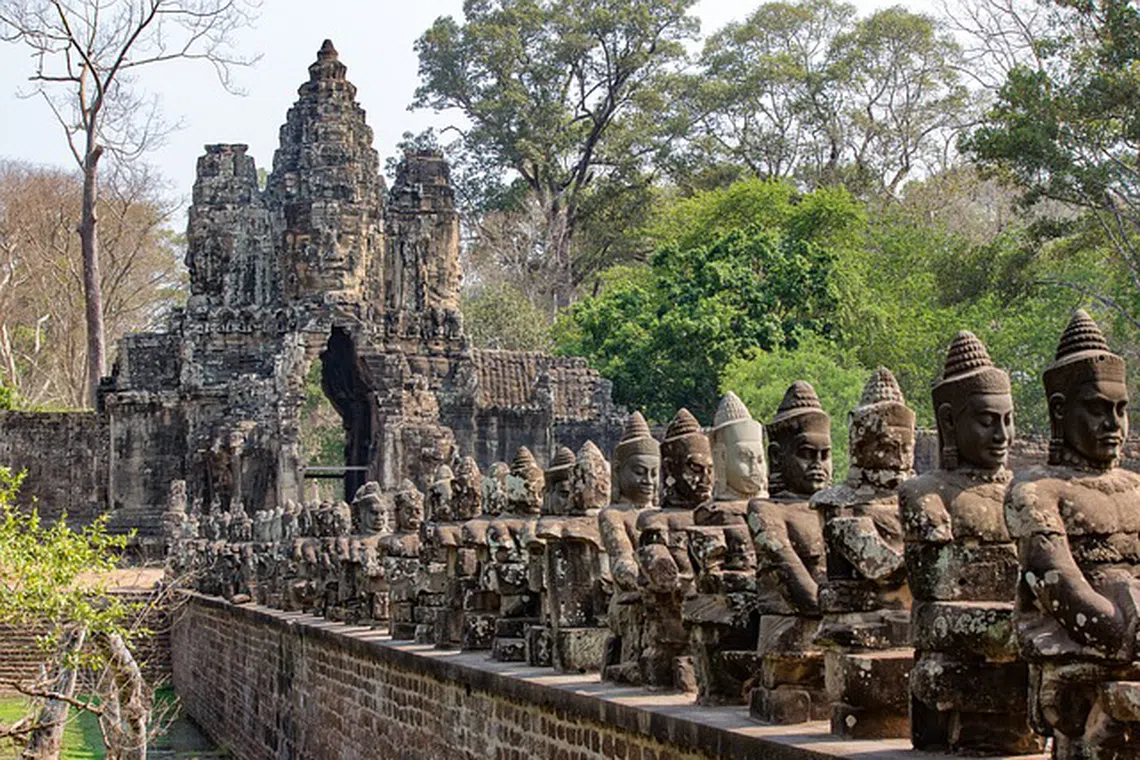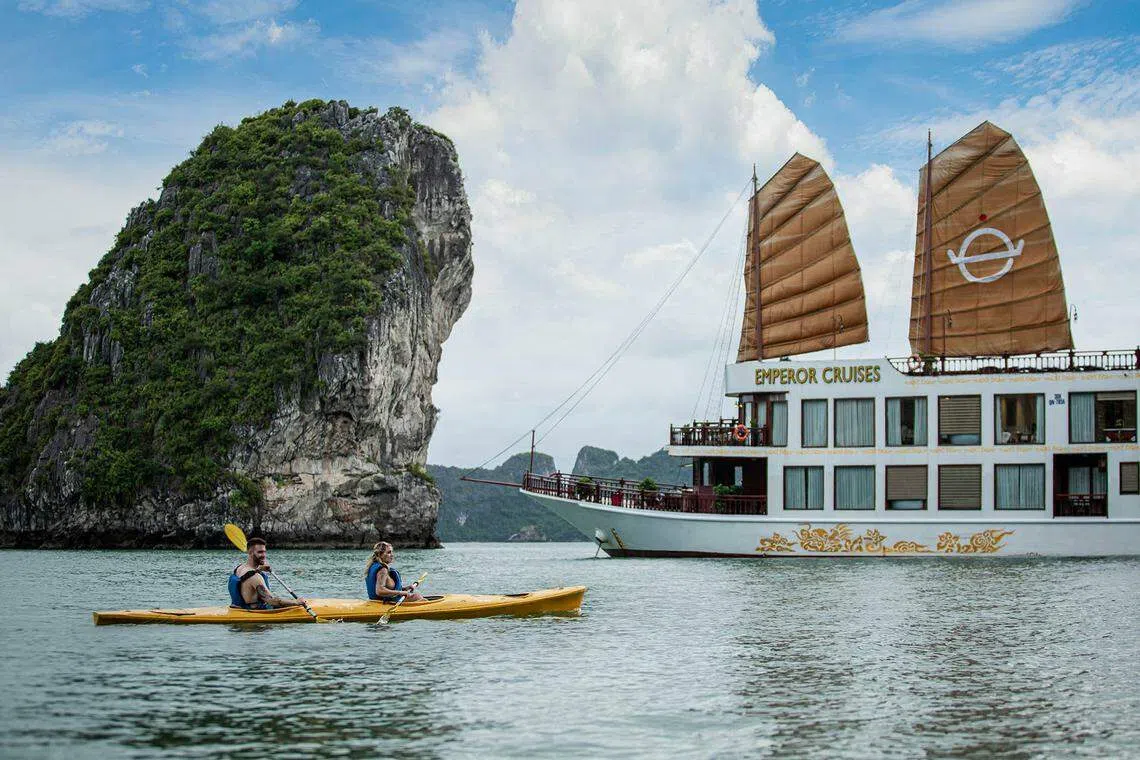Vietnam, Laos, and Cambodia seek to boost tri-country tourism
Jamille Tran
[HO CHI MINH CITY] The leaders of Laos, Vietnam and Cambodia – three former French colonies in the Indochina region – are making a big push to encourage more international tourists to visit their three countries in a single trip.
In what they are billing as a seamless and unique travel experience, the premiers raised this initiative – dubbed “One journey, three destinations” – several times last year when they met on the sidelines of the Asean Summit in Jakarta and at the Asean-Japan commemorative summit in Tokyo.
Cambodian Prime Minister Hun Manet said the country would take it further by hosting a conference involving the tourism ministers of the three countries to develop the joint effort.
Many travel agencies have already been conducting these so-called “tri-country” tours for some time. They say the three countries, which share borders, have complementary strengths to provide a diverse experience for travellers, given that they offer a blend of historical, cultural and natural heritages.
Landlocked Laos is renowned for its tranquil atmosphere and vibrant cultural heritage. Cambodia has ancient temples and spiritual richness, and Vietnam offers a mix of bustling cities and natural wonders set against serene countryside and the country’s long coastline.

Industry players said that the issue of visa requirements remain one of the hurdles to overcome in order for this tri-country tourism push to succeed.
They are calling for a more streamlined visa process in which the three countries would implement mutual recognition of visas, standardise visa application procedures, have a unified visa fee structure, and make use of shared databases to exchange information.
Cambodia and Thailand have had a scheme in place since 2012, through which tourists use a single visa to visit both countries.
Many liken it to a smaller-scale version of Asean’s planned Schengen-style single visa for non-Asean tourists – which has been under consideration in the regional bloc of 10 member states for over a decade, but with no firm breakthrough.
Despite its obvious benefits to the regional tourism industry, the idea has stalled over concerns about security and the difficulty in immigration management.
“A simplified, flexible or common visa scheme is a dream for tour operators like us,” said Pham Ha, the founder and chief executive of LuxGroup, which operates several luxury tourism businesses in Vietnam.
“If this materialises, we could design longer-day, seamless and more diversified itineraries across the three countries. This would make the tri-country tour top-of-mind for foreign visitors when they think of visiting South-east Asia,” he said.
Ha told The Business Times that such trips are popular among Western customers and account for up to a quarter of LuxGroup’s total bookings. He said he hoped to increase this to up to 40 per cent following the three governments’ official introduction of a collaborative travel programme.

South-east Asia, with a population of about 685 million, relies heavily on the travel and tourism industry for revenue and growth. The sector accounted for 12 per cent of the region’s gross domestic product before the Covid-19 pandemic, with more than 136.9 million international visitor arrivals in 2019.
Majo George, a senior lecturer at The Business School of RMIT University Vietnam, said: “The joint efforts in tourism not only promise economic benefits, but also foster mutual understanding, preserve cultural heritage, and promote the diverse identities of these countries on the global stage.
“It also elevates their collective profile in the global tourism market to attract a wider audience of travellers.”
As an Indian tourist, he used to make such tri-country trips 10 years ago, when Vietnam Airlines offered a travel package that covered the three nations in one trip – on condition that passengers spend at least one night at each destination.
“It needs an updated approach to cater to the evolving travel preferences and diverse tourist needs today,” he said.
“The focus is not solely on the destinations themselves, but on weaving together a tapestry of travel components into a harmonious and effortless experience for travellers.”
Besides curating culturally-inspired transportation and accommodation, guided tours and immersive culinary journeys, LuxGroup’s Ha said there is also a need to develop infrastructure connectivity that is “by tourism and for tourism”.
This means infrastructure such as roads, waterways, rail lines and ports that are properly planned, designed and maintained to enable a positive, seamless experience for travellers.
“By providing flexible visa requirements and enhancing infrastructure, Laos, Cambodia and Vietnam are aligning themselves with the successful tourism model established by the region’s leading tourism giant, Thailand,” said George.
Decoding Asia newsletter: your guide to navigating Asia in a new global order. Sign up here to get Decoding Asia newsletter. Delivered to your inbox. Free.
Copyright SPH Media. All rights reserved.


